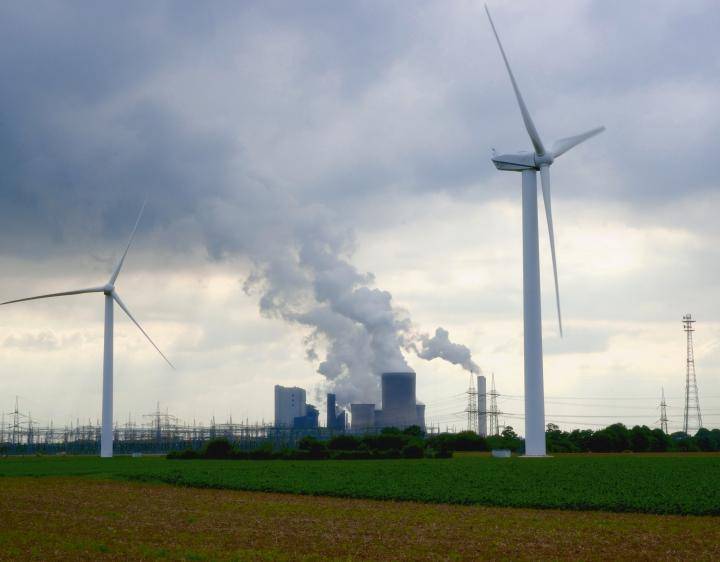
We are often asked about our approach to conglomerate companies. What do we do if an interesting sustainability business is trapped inside a larger group? Our rule of thumb is simple. We want to invest where the sustainability story is the equity story. Which is to say, what moves the stock is news about the company’s sustainability products.That doesn’t rule out conglomerates altogether. But the ones we do own have strong impact stories in all of their divisions. Good examples would be Danaher, Thermo Fisher, and Fresenius.
In nine out of ten times we are asked this question, the same company is suggested as a counter example. General Electric was once the world’s largest company, measured by stock market size. At its peak it covered a vast waterfront. Everything from jet aircraft to insurance policies to lightbulbs bore its iconic “GE” logo. Its CEO for two decades until 2001 was Jack Welch, lionised at the time as the greatest manager ever. He and the company spawned thousands of management strategy books and fawning studies.
Inside that vast machine there were lots of businesses which would have been a great fit for us in their own right. It has a world-leading medical imaging business. Its wind turbine business is a significant market player.
Sadly, these positive impact businesses were never large enough to outweigh its less sustainable ones. GE Capital is effectively a specialist bank. The Power segment makes traditional thermal turbines for fossil fuel power generation. And a large Oil and Gas segment was always going to be a challenge. We always wished that we could separate the GE sustainable businesses from that legacy group.
Another favourite management strategy book, this time not based on GE, is “The Art of War”. Its purported author is Chinese general Sun Tzu, who lived over two millennia ago. It contains the memorable wisdom that “if you camp by the river for long enough, the bodies of your enemies will come floating past”.
This strategy of patience has certainly worked for impact investors thinking about GE. The overall business has collapsed under the investments needed to keep its unsustainable businesses alive. Crippled by debt, it is now struggling to stay in the top hundred global businesses by stockmarket size. As it fights more for survival than dominance, it is selling off many of its businesses.
The remarkable thing is that the sustainable markets businesses with the brightest future have been at the top of the sales sheet. GE is effectively doubling down on its legacy assets in unsustainable industries. Meanwhile no less than three of the better assets have been snapped up by our portfolio companies, two of them this month.
On 25 February, our investee company Wabtec completed its merger with GE’s rail locomotive business. On the same day, our portfolio company Danaher announced the acquisition of GE’s life sciences business. Before both of these, in March 2017, Suez Environnement (which we then owned) bought GE’s water business.
GE has its own strategic vision and is answerable to its own shareholder base. But to us these moves seem wrong-headed. The last decade has seen a clear transformation in favour of businesses aligned with sustainability trends. We are well-used to seeing companies spin off or sell divisions in less sustainable markets, to focus on “greener” core operations.
By selling off the crown jewels, GE seems to have staved off the worst of its debt problems, at least for now. But we will watch with interest how this plays out over the longer term. In the meantime, we are very happy to finally own GE’s sustainable businesses.
